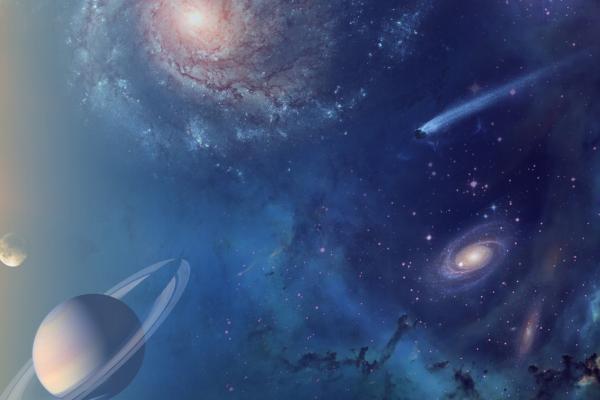
Illuminating the Sources of Cosmic Reionization with Local Analogs
John Chisholm - University of Geneva
Recent observations have identified a population of star-forming galaxies in the epoch of reionization. However, it is unclear whether these galaxies emit sufficient ionizing photons to reionize the universe because the intergalactic medium prevents direct observations of their Lyman continuum. One approach is to study how ionizing photons escape from nearby analogs, and to develop methods to predict their Lyman continuum escape fractions using observables available at high-redshift. Here, I explore the neutral gas properties of nine local galaxies with observed Lyman continuum emission. The neutral gas in these high-redshift analogs is optically thick to Lyman continuum radiation, but the analogs have low-density holes through which ionizing photons escape. The partial covering fractions and dust properties agree with the observed Lyman continuum escape fractions. I then explore calibration techniques to predict their escape fractions using restframe ultraviolet and optical observations available at high-redshift. These observations illustrate how ionizing photons escape from star-forming galaxies, and provide a template for directly measuring how many ionizing photons escape galaxies within the epoch of reionization with the JWST.
Coffee and Donuts will be provided at 2:00pm in 4054 McPherson Lab.
